I was at dinner last week with a couple of writer friends, and one of them jogged my memory about something I’d said a long while back. Such a long while back, in fact, I can’t recall if it was a blog post—and if so, where—or a comment on someone else’s post, or what. In any case, it was something I’d written on the importance of hero imperfection. I believe I’d mentioned three metrics: handsome, successful, well-adjusted. I’d posited that in order for a hero to be both appealing and also have enough flaws to allow room for a satisfying character arc, he could be two of those three things, but not all of them. Or he could be a bit of each—decent-looking, reasonably sane, and not destitute. I wanted to revisit this idea again with a bit more focus, and the method I’ve come up with I’m calling the 28/40 Method.
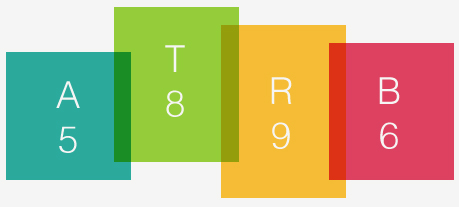 When I was in junior high, I repeatedly attempted to play Dungeons & Dragons. I didn’t have the patience for the rules, but I loved creating new characters. I remember you got to roll a six-sided die three times each for different traits—strength, agility, charisma, intelligence and…um… Some other things. The way my brother taught me to play, you rolled a bunch of times, then you could distribute the totals as you wished. You might wind up with a really smart, fast character who isn’t very strong, or a dumb-but-charismatic hulk. This was very exciting to me, and I want to steal its essence for this post.
When I was in junior high, I repeatedly attempted to play Dungeons & Dragons. I didn’t have the patience for the rules, but I loved creating new characters. I remember you got to roll a six-sided die three times each for different traits—strength, agility, charisma, intelligence and…um… Some other things. The way my brother taught me to play, you rolled a bunch of times, then you could distribute the totals as you wished. You might wind up with a really smart, fast character who isn’t very strong, or a dumb-but-charismatic hulk. This was very exciting to me, and I want to steal its essence for this post.
For the 28/40 Method, your hero is possessed of four different traits. At the start of the book, for each trait, he lands somewhere on a scale of 1 to 10…
Attractive. Whether he’s got a devastating face and fantastic dress sense, or a shaved head, mean mug and a killer body, we’re talking raw good looks, whatever flavor they might come in. Scoring a 10 on this scale would equal the most gorgeous man the heroine’s ever seen; a 0 would be straight-up fugly.
Talented. This could mean an actual artistic talent, incredible business sense, athletic prowess, or exceptional intelligence; whatever gifts might make a hero stand out as something special. A 10 could be an Olympic gold medalist, artistic genius, or a rocket scientist; a 0 would be a very dull man with no hobbies or interests.
Rich. Inherited from a wealthy family or the spoils of an empire built up from nothing, we’re talking money money money, or some other tangible measure of material success. A 10 might be a billionaire or a prince; a 0 would be a homeless guy.
Balanced. Mentally, that is. This refers to the hero’s reasonableness, emotional intelligence, empathy, mental health, chemical dependence, temperament, and so forth. A 10 would be kind, thoughtful, ethical, rational and patient; a 0 might be a sociopathic addict with anger management issues.
The last thing you want is a guy who scores a perfect 10 on all of these traits. That’s the Superman Syndrome—a guy so perfect he actually loses all his dynamism. Yawn. And yeah, I know about Kryptonite and everything, but come on. Superman’s got WAY too much going for him. We like underdogs. We like struggle, and success that comes only to those willing to fight for it. And you want your hero to have room to improve over the course of the book, so starting from perfection equals a static non-arc. That’s not just boring for readers, but unsatisfying.
Using the 28/40 Method, you get 28 points to create your hero at the start of his book, and you can spend up to 10 points on each trait. That means your hero could conceivably be perfect at two traits, but lousy at the other two. 28 is a maximum cap, to keep him from being too perfect, but 28 is also a minimum cap, because in fiction it’s important for a character to be a touch exceptional—he should be worth having a book written about him! Here are some options.
A = Attractive | T = Talented | R = Rich | B = Balanced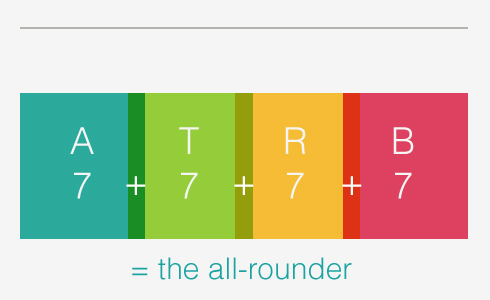 The All-Rounder is above-average at everything, but doesn’t truly shine in any way. Okay-looking, competent, stable, nice. He’d make a good single-father character or maybe a small-business owner, a man whose priority is stability and who strives simply to do right by those who rely on him. Nothing wrong with that—but not all that exciting either, in my opinion.
The All-Rounder is above-average at everything, but doesn’t truly shine in any way. Okay-looking, competent, stable, nice. He’d make a good single-father character or maybe a small-business owner, a man whose priority is stability and who strives simply to do right by those who rely on him. Nothing wrong with that—but not all that exciting either, in my opinion.
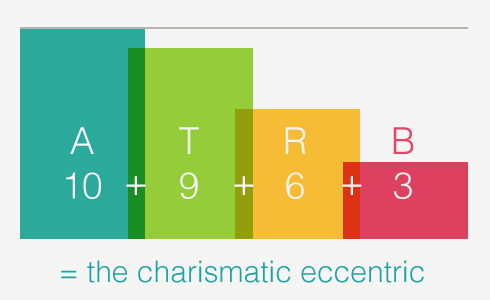 The Charismatic Eccentric—I wrote his guy! Didier Pedra, the gorgeous French prostitute from the Curio books who’s insanely good at sex and cooking and clock repair, but not especially wealthy and also a complete mental wreck (despite being emotionally fluent.) This might be the kind of man you look at and think, “If he’s that ridiculously beautiful, he’s bound to be an idiot, a psycho, or a basketcase.”
The Charismatic Eccentric—I wrote his guy! Didier Pedra, the gorgeous French prostitute from the Curio books who’s insanely good at sex and cooking and clock repair, but not especially wealthy and also a complete mental wreck (despite being emotionally fluent.) This might be the kind of man you look at and think, “If he’s that ridiculously beautiful, he’s bound to be an idiot, a psycho, or a basketcase.”
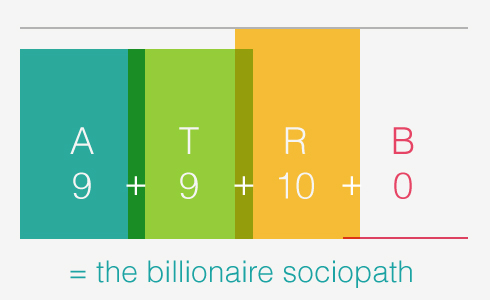 The stunning Billionaire Sociopath. I don’t think I need to explain this one.
The stunning Billionaire Sociopath. I don’t think I need to explain this one.
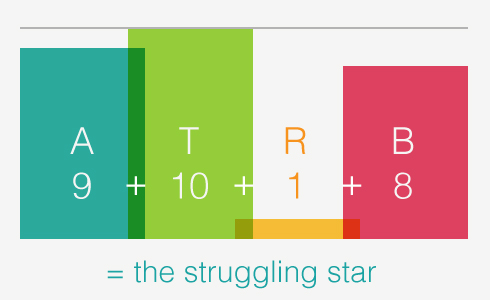 The Struggling Star. Crazy-talented and determined, aching to get to the top. Think nascent rock star, broke-but-hungry prize fighter, genius toiling in his basement lab.
The Struggling Star. Crazy-talented and determined, aching to get to the top. Think nascent rock star, broke-but-hungry prize fighter, genius toiling in his basement lab.
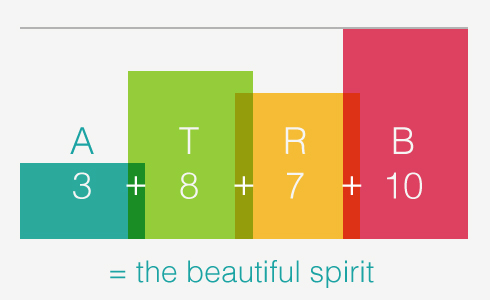 The Beautiful Spirit. AKA that guy Charlotte ends up with on Sex and the City. A not-so-stunning hero is a rare creature in Romancelandia, but they must exist! A talented writer can turn a guy with below-average looks into a stunner, if they know how to let his intelligence and kindness and other assets shine through the plain brown-paper packaging.
The Beautiful Spirit. AKA that guy Charlotte ends up with on Sex and the City. A not-so-stunning hero is a rare creature in Romancelandia, but they must exist! A talented writer can turn a guy with below-average looks into a stunner, if they know how to let his intelligence and kindness and other assets shine through the plain brown-paper packaging.
So those are just a few examples. By the end of his book, the hero’s still not going to add up to 40, but he will have made some strides. Arguably, the most important trait to improve on in the run-up to the happily-ever-after is Balanced. After all, a self-respecting heroine can fall for a homely man, a man without much unique talent, a low-earning man. But she really shouldn’t ride off into the sunset with a guy who’s still a 2 on the well-adjusted scale—we’d worry about that woman, hitching her wagon to an addict or a manipulator or an icicle or a hot head. Luckily this is also the trait that tends to improve naturally in romance, as the hero adjusts his attitude and behaviors and priorities, to become worthy of the heroine.
Hope this proves a useful lens for any writer folks out there, busy formulating the next crop of romance heroes! I’d love to chat in the comments if anyone has questions, insights, issues, or sees this formula reflected in any favorite heroes that they’ve written or read.




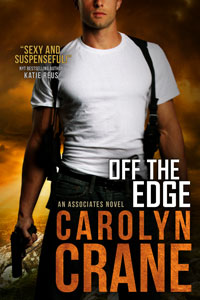
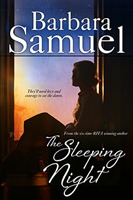
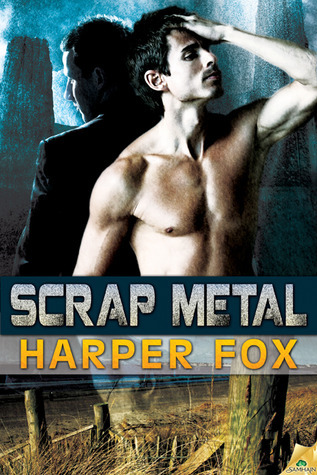
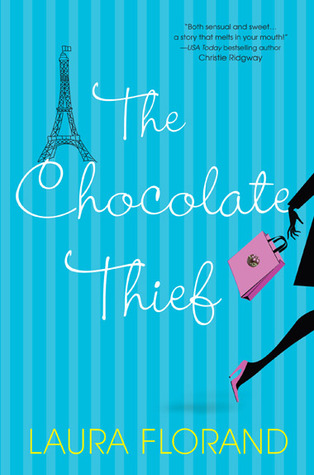
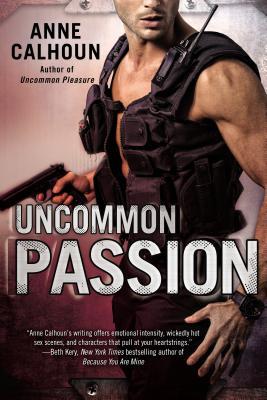
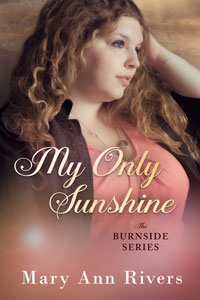
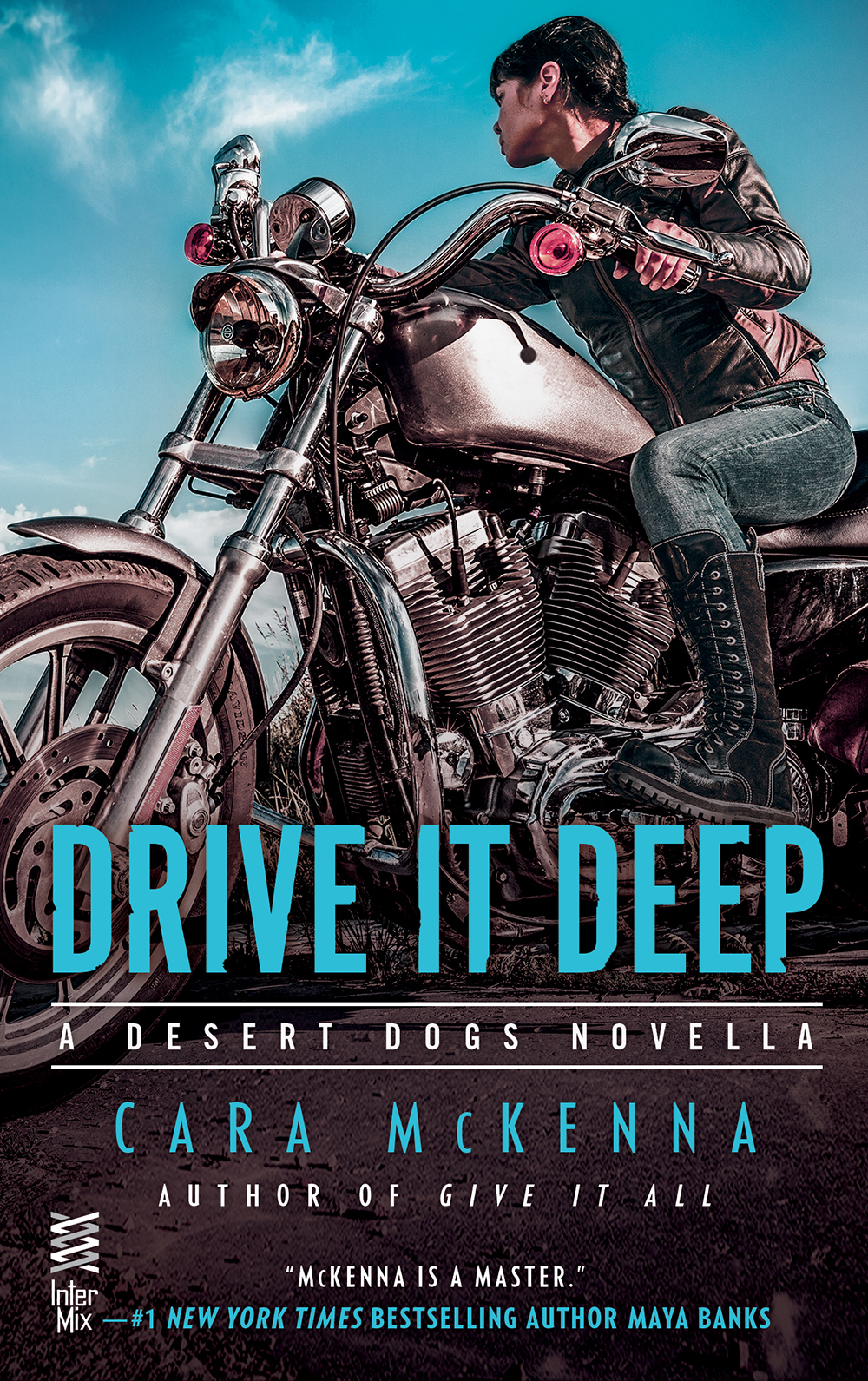
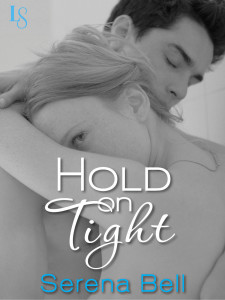
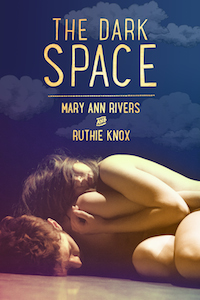
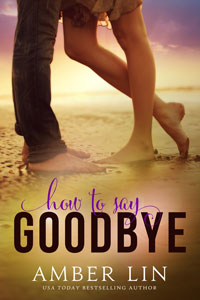
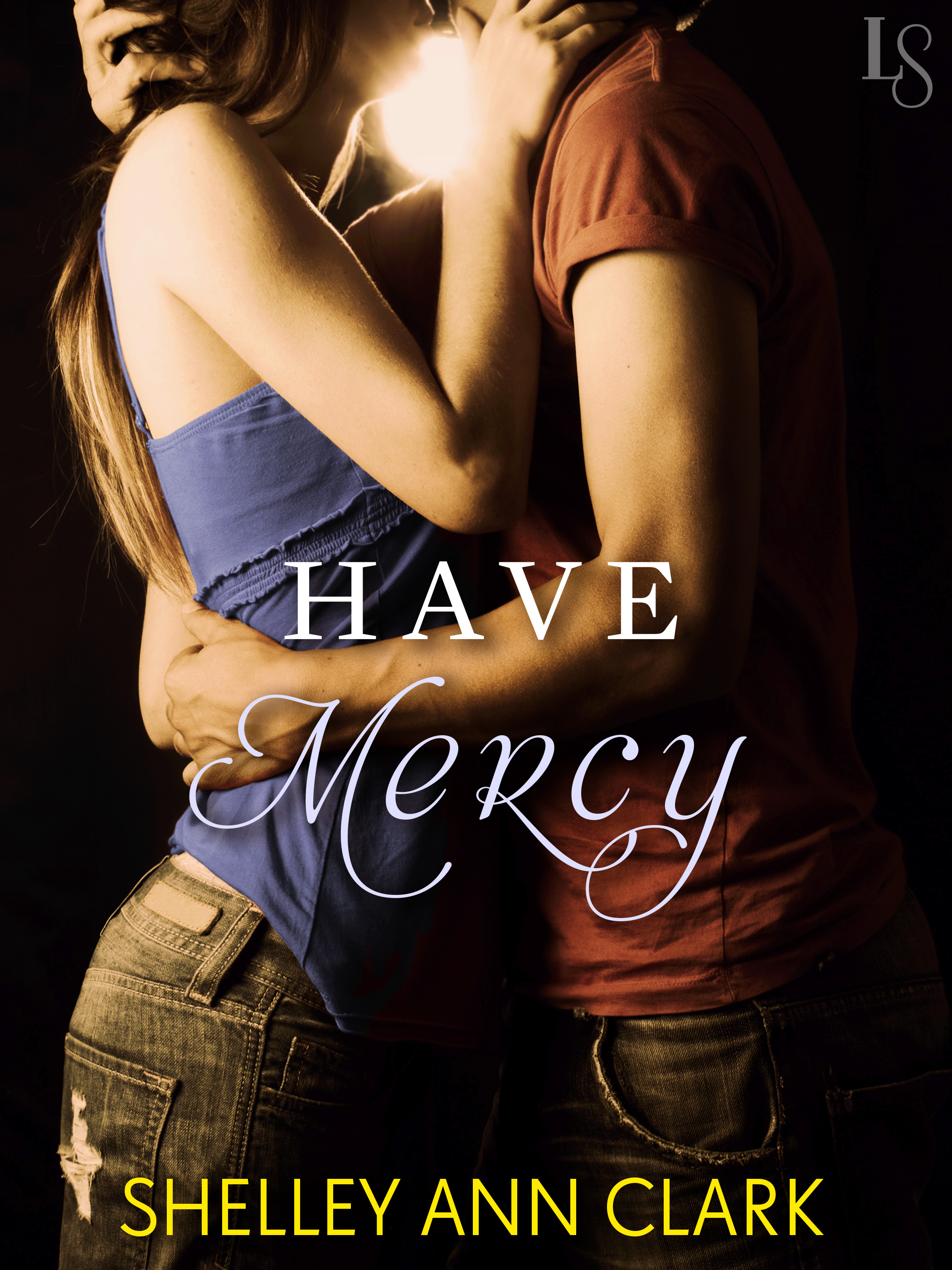
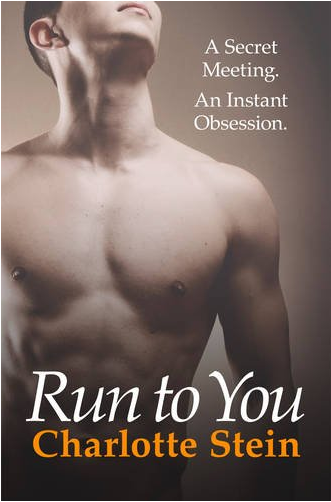
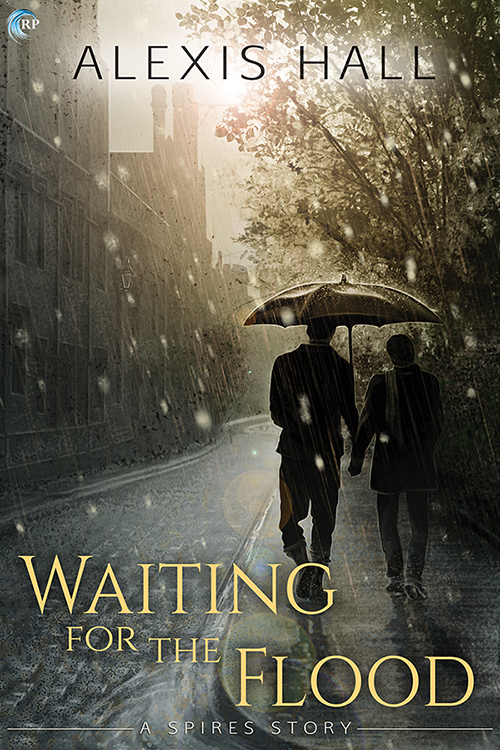
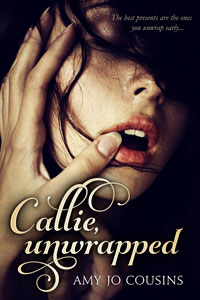
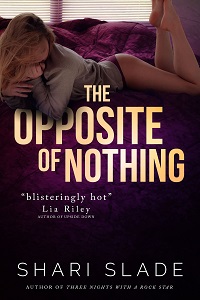
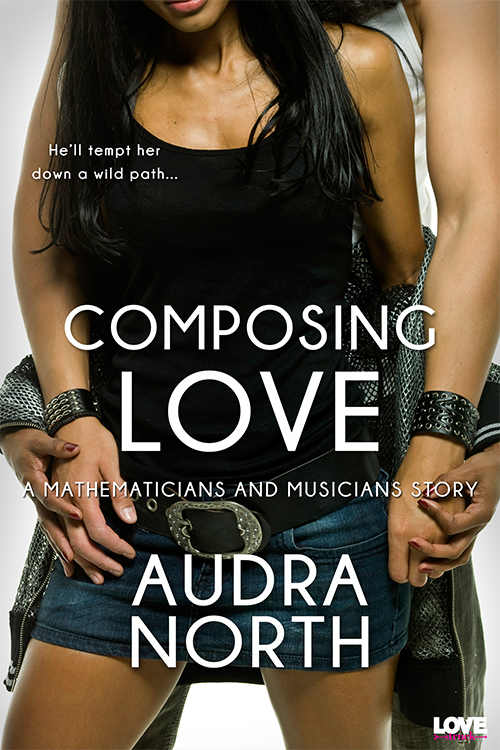
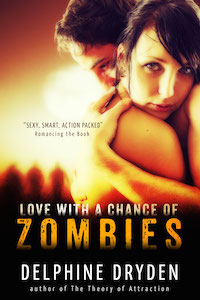
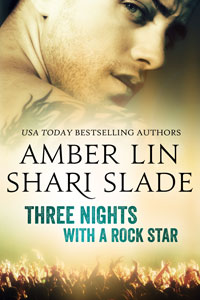
You are so much brilliance. I find this such a useful method for pulling together all interesting characters, even–not just heroes. Love it! And it is beautifully presented to the point where I want to print it out on vellum and hang it on my wall.
Totally right—this can definitely be used for more than just heroes! I tend to couch everything in terms of heroes, though, because I feel passably qualified to talk about them! Heroines I struggle with. I wouldn’t presume to tell anybody how to go about creating the ideal heroine! I’m still working on mastering that, myself.
Or actually…maybe the reason I hesitate to apply this to my heroines is that I’m so inside of them, I don’t feel comfortable trying to pinpoint where they land on these metrics. I wouldn’t feel confident in my estimates. It’d be like trying to rate myself. Am I attractive? I don’t know, maybe, when I try. Talented? Some days I’d say yes. Rich? Well, that’s all relative. Mentally balanced? Ye Gods, maybe for a few days out of the month.
I’m WAY better at being objective with the menfolk, I’m realizing as I write this!
This surprises me because your heroes are so well-developed. It actually surprises me to hear that you’re way more into your heroine’s head than your heroes because of that. But that kind of makes me wonder so many other things about the depth of self-identification that could probably go into other posts instead of comments. Like, do you feel like it’s wrong to evaluate heroines or just impossible to do so objectively? And does that end up discounting the heroine, in the end? And so on and so forth and why is the sky blue…
Oh, I definitely don’t think it’s wrong to evaluate heroines by these same standards, not at all! I just find it much harder, myself, probably for reasons only a shrink could explain to me!
And actually…it varies by heroine, now that I think about it. Like Steph from Driving Her Wild, I could break her down, easily. A = 8, T = 9, R = 4, B = 7. But others, like Caroly from Curio…? Oh my God, I don’t even know. Because she doesn’t know. She’s not convinced she’s pretty, she’s still fairly new to her field, she’s got nice possessions yet not a lot of money, she definitely has no clue if she’s feeling rational half the time. She’s got foggy self-awareness and tons of self-doubt, whereas Steph is totally used to comparing herself to other women, both competitively / athletically and because she’s trying to make herself objectively date-able, in that book. Caroly is just like, a shivering, bald baby bird compared to her! So I guess it really depends.
“A shivering, bald baby bird.” I <3 you.
I. Love. This.
Your brain is so big and pretty.
I think Cara’s true persona adds up to more than 28 by her own metrics.
Love this! I’m currently working on the only hero I’ve ever written who is a 1 on the physical beauty scale, and it is so much fun :)
Ooh, a rare species indeed! Do tell! (Unless the premise is top secret, of course.)
Please let me know the title when it’s done!
I am forever going to grade characters on this scale.
That being said Caroly defies Mathematics. She is more than the sum of her parts. Maybe String Theory is needed to accurately describe her.
Or like, Soft Cheese Theory.
Oooh, colors. Pretty. I had to just scroll through the post once to take it all in. Sigh. So pretty.
On to the mental aerobics. Awesome concept, here. The perfect imperfect hero is always something I can appreciate when I read him, but I’ve never analyzed what works or why before, or if I have, it didn’t leave a lasting impression, probably because… no colors.
I’m curious what “beautiful spirit” heroes are out there? I’m not sure I’ve read any. Heroes are always insanely good looking (cue Zoolander’s blue steel look). I suppose the closest I’ve encountered would be Jessica Scott’s scarred war heroes, but even a damaged body can be a perfect 10 to the right heroine.
Yeah, I’m hard-pressed to think of any Beautiful Spirit heroes in romance, myself (until Shoshanna publishes hers!) Those examples I came up with to illustrate the post are more recipes than archetypes, really.
Ha, I just picked up a new little novella last night after reading this post, and the hero is described as a lanky geek. Unfortunately, even though I want to read about the misadventures of this lanky geek, it’s going to be a DNF for me because the heroine seems like she wants to debauch him and push his sexual boundaries, like his inexperience is the only thing she finds attractive about him.
Although, the hero does get a pov, so that’s interesting. But he seems a little spineless to me… Not quite the dynamic you present in your recipe. Definitely not enough to make me root for this limp dishrag of a hero. But it was interesting that I picked this novella up after reading this Wonky post:-)
I thought you were going to say the author pulled a reverse She’s All That move and the heroine suddenly realized the lanky geek was actually a tall, strapping babe the second he removed his glasses or something!
One of my books has a blind hero, so the heroine, who is used to using her gorgeous looks to hook up with any man she wants, has to find new ways to attract him. And in doing so she learns humility.
Another book has a coke-addict, an action movie star usually surrounded by sycophants and enablers, from the drug-dealers who give him free stuff so they can hang out with him, to the groupies who throw themselves at him so they can brag about bedding him. But he’s never learned to look inside of himself, and when he does, he’s surprised to find he’s empty. He learns how to be “real’ during the course of the book, as he falls in love with a woman who tells him she’ll never believe him because he “lies for a living”.
Your analysis is spot-on! I really enjoy books with not-perfect heroes and heroines who need each other to learn and grow, and along the way realize they were meant for each other.
LOVE this. Thanks for the visual. Printing and saving. I remember the first time you talked about this, I scribbled notes about it and stuck them to my computer. But this is more in-depth, thank you!!!
And oh yes…loved creating D&D characters when I was a kid. My brother got impatient to just PLAY already, dammit, but I was too busy working on my characters. I had an awesome female cleric. I still think about her.